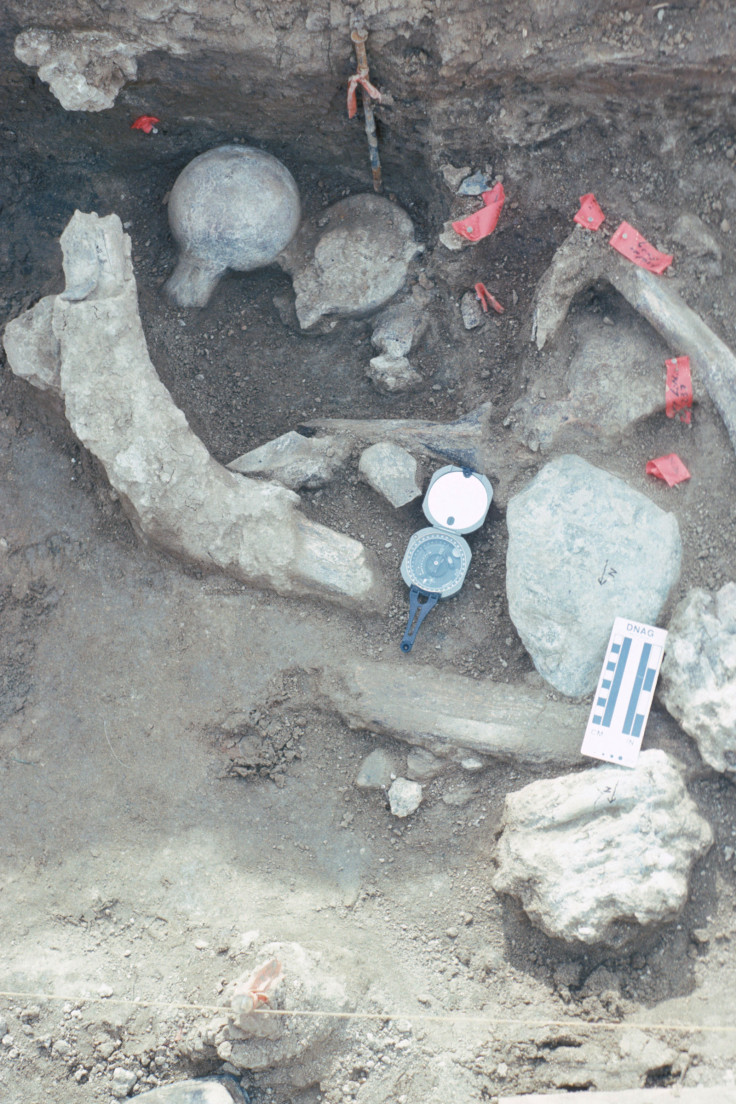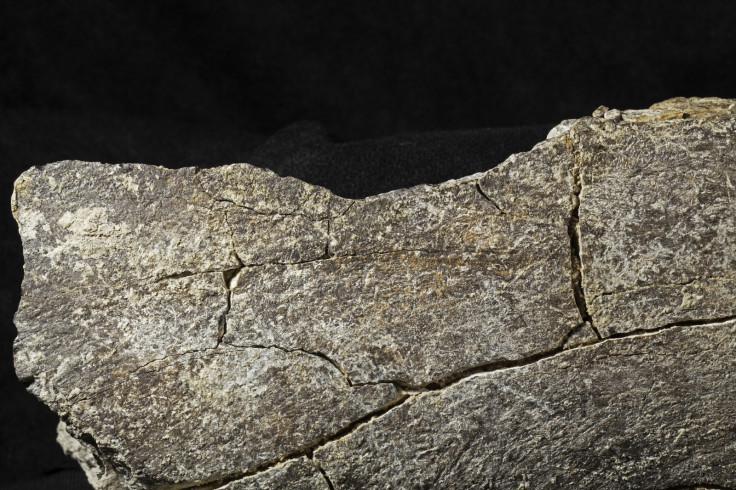Human history in America is 100,000 years longer than we thought
Earliest evidence of hunting and killing a massive beast has been pushed back to 130,000 years ago.
The bones of one mastodon, buried in a layer of silt, are overturning the most fundamental aspects of human history in North America.
Several limb bones discovered in California show signs of being smashed and cut by humans. The bones were found next to five large hammerstones and anvils.
Large mastodon teeth and bones have shattered in such a way that they aren't likely to have been taken to the site from another place, the archaeologists argue. The way the bones have broken – in spiral fractures – also suggests that they were broken while fresh.
Together, the pieces of evidence paint a picture of a mastodon killed or found dying, cut into by skilled early humans, with the broken bones and stones discarded when the feast was over. The study is published in the journal Nature.
The site was first discovered in the 1990s when a large road was being built, and has only now been dated to 130,000 years old. As there wasn't enough organic material left in the bones for radiocarbon dating, the researchers used uranium-thorium dating on the samples.
The findings are being taken as evidence that early humans were present in North America more than 100,000 years before the previous earliest estimates. If true, this is a radical discovery. It will need to be backed up with further investigation before it finds its way into textbooks, experts say.
"This discovery is rewriting our understanding of when humans reached the New World," said Judy Gradwohl, president and chief executive of the San Diego Natural History Museum, whose palaeontology team discovered the fossils.

"This raises intriguing questions about how these early humans arrived here and who they were."
It also raises the question of why no other very early archaeological sites have been found. Study author Steve Holen, director of research at the Center for American Paleolithic Research, suggested that archaeologists may simply have been looking in the wrong places.

"There's no doubt in my mind this is an archaeological site," said Holen.
"The bones and several teeth show clear signs of having been deliberately broken by humans with manual dexterity and experiential knowledge. This breakage pattern has also been observed at mammoth fossil sites in Kansas and Nebraska, where alternative explanations such as geological forces or gnawing by carnivores have been ruled out."

If correct, the findings suggest an enormous gap in our knowledge of human history in North America that now needs to be filled.
© Copyright IBTimes 2025. All rights reserved.






















